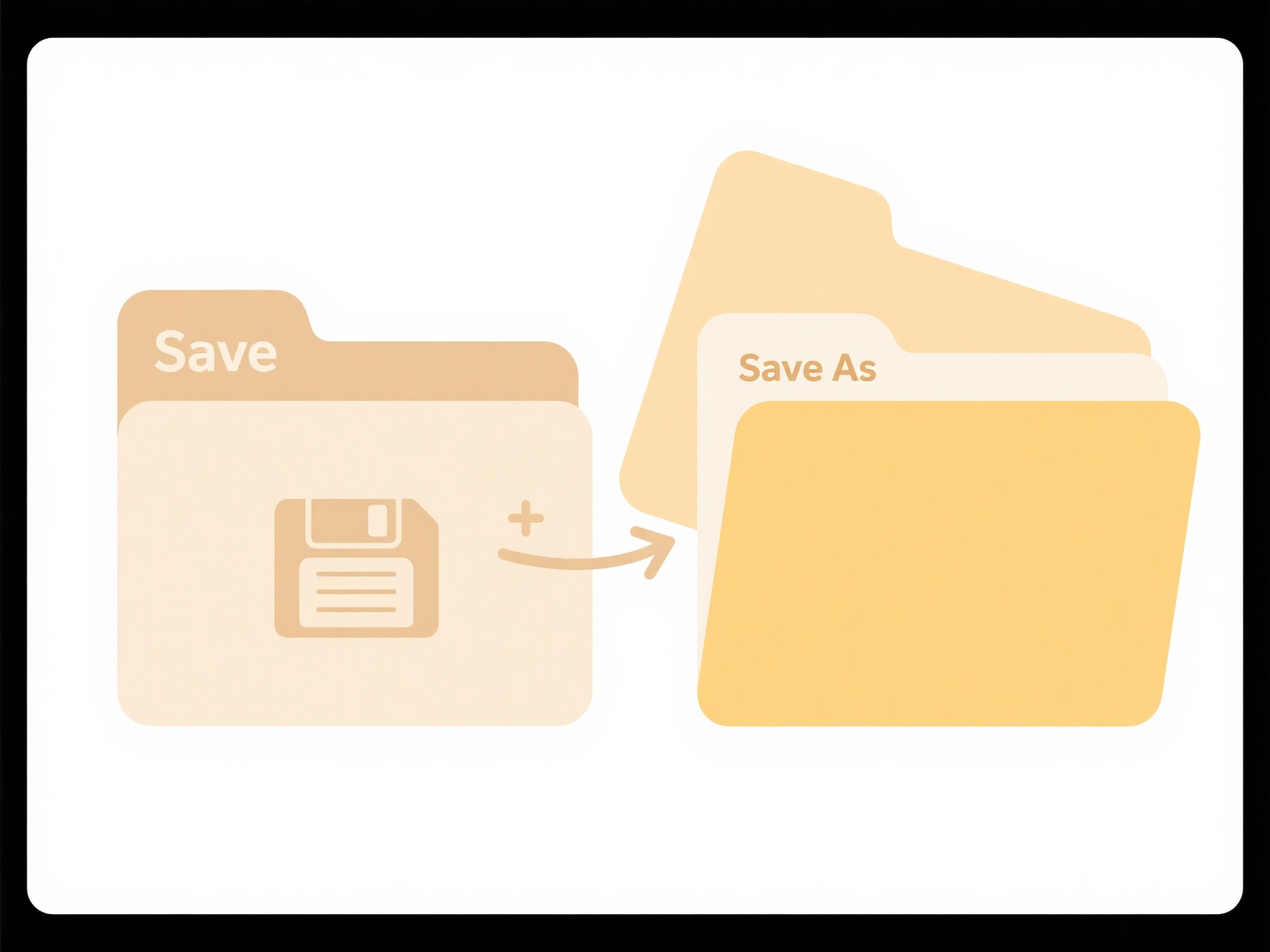
PDF export tools automatically append extra information like timestamps, user IDs, or random strings to file names primarily to prevent naming collisions. This ensures that if a document is exported multiple times or by different users, each version gets a unique name, avoiding accidental overwrites of previous files. It differentiates automatically saved versions from explicitly named user files.
For instance, an accounting software might export "Report.pdf" as "Report_2024-06-15_14-30.pdf" using the date and time of export. Similarly, a collaborative platform might generate "Budget_Q2_jsmith.pdf" when user 'jsmith' initiates the export, tagging the file with their identifier. This is common in document management systems, enterprise software (SAP, Salesforce), and cloud storage integrations (SharePoint, Google Workspace).

The key advantage is maintaining data integrity by preventing accidental data loss during frequent exports. However, overly complex filenames can confuse users or complicate file searches. Future tools might offer smarter defaults or user-configurable naming rules to balance uniqueness and readability, improving user control without compromising file safety.
Why do PDF export tools add extra info to the file name?
PDF export tools automatically append extra information like timestamps, user IDs, or random strings to file names primarily to prevent naming collisions. This ensures that if a document is exported multiple times or by different users, each version gets a unique name, avoiding accidental overwrites of previous files. It differentiates automatically saved versions from explicitly named user files.
For instance, an accounting software might export "Report.pdf" as "Report_2024-06-15_14-30.pdf" using the date and time of export. Similarly, a collaborative platform might generate "Budget_Q2_jsmith.pdf" when user 'jsmith' initiates the export, tagging the file with their identifier. This is common in document management systems, enterprise software (SAP, Salesforce), and cloud storage integrations (SharePoint, Google Workspace).

The key advantage is maintaining data integrity by preventing accidental data loss during frequent exports. However, overly complex filenames can confuse users or complicate file searches. Future tools might offer smarter defaults or user-configurable naming rules to balance uniqueness and readability, improving user control without compromising file safety.
Quick Article Links
Can I rename files inside a zip file without extracting?
Inside zip archives, files are stored in compressed form alongside metadata like filenames. Renaming a file directly wit...
Can I rename contracts with dates and client names?
Renaming contracts with dates and client names involves customizing file names to include specific identifiers like the ...
What’s the best file manager that supports both cloud and local?
A hybrid file manager integrates both local storage (your computer’s hard drive or SSD) and multiple cloud storage servi...